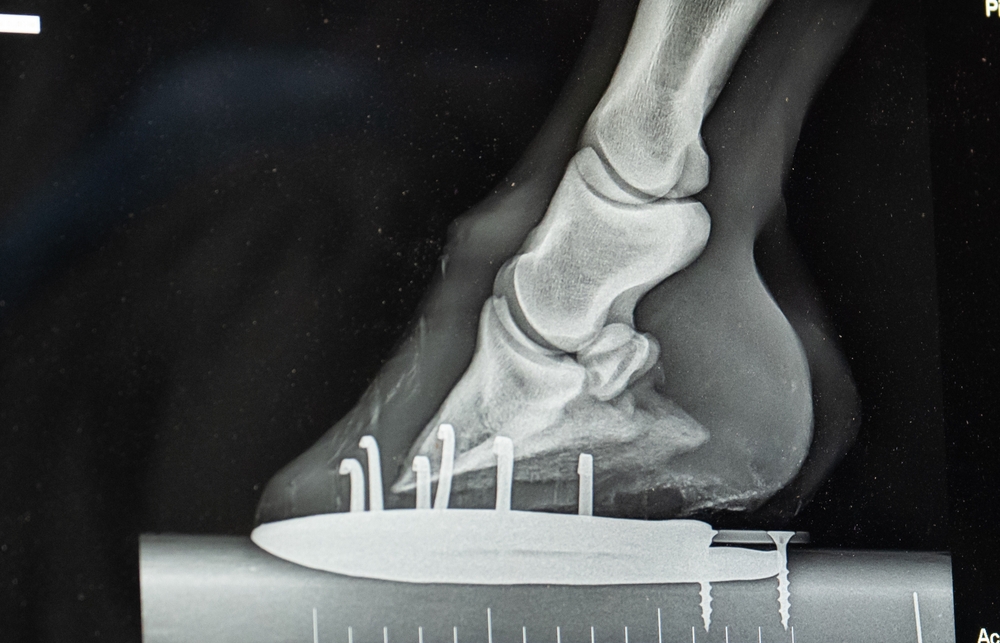August 3, 2023
If you’ve been around horses, you’ve definitely heard the phrase, “The horse has gone lame,” or some variation of it. Lameness is a rather vague term though, and can commonly be used to describe a multitude of issues. To be clear, when a horse is said to be “going lame,” it means the horse is having difficulty bearing weight on one or more of its legs.
Lameness can range from mild discomfort to severe pain and can cause your horse to move slower, have trouble turning, or even become unable to bear any weight in extreme cases. If you think your horse may be experiencing some variation of lameness, but are unsure, we can explain what you need to know about lameness. If you want a way to treat your horse’s lameness or other injury, consider our equine healing recovery devices.
Common Signs of Lameness
To treat lameness, you need to be able to identify it. While limping is the most common and obvious sign, it is not the only one. If a horse isn’t limping, this also doesn’t mean that they are not lame in one of their legs. Other common signs of lameness include:
- An uneven gait
- Joint swelling
- Heat or tenderness in the affected area
- A reluctance to move
If you notice any of these symptoms in your horse, you should contact your veterinarian as soon as possible. They can then diagnose your horse and see if it is suffering from lameness.
Common Causes of Lameness
Potential diagnoses can include:
- Arthritis
- Tendon injuries
- Navicular syndrome
- Laminitis
All of these causes of lameness are caused by different things in themselves.
Common Treatments for Lameness
The best treatment for your horse can be multiple different things. It all depends on the cause of the lameness. Potential treatment may include:
- Rest
- Cold therapy
- Medications
- Physical therapy
- Corrective shoeing
- Surgery
Gladiator Equine also offers healing recovery devices that use Far Infrared Technology to help the body’s cells heal faster. These products can be used as a sole healing method alongside rest, or as a means of recovery alongside other treatments.
What are Some Preventive Measures Against Horses Going Lame?
Preventive measures you can take to help reduce the risk of lameness in your horses include:
- Proper nutrition
- Regular exercise and turnout
- Hoof care
- Vaccinations
- Parasite control
All of these measures help to prevent or lessen the likelihood of a horse suffering from any of the causes we stated earlier.
What Horse Owners Should Remember
It is important to monitor your horse’s behavior and movement regularly in order to detect any problems early on. Taking these steps can help ensure that your horse remains healthy and active for years to come.
With proper care and maintenance, most horses can live healthy lives free of lameness. However, it is important to remember that a variety of factors can cause lameness and can happen to any horse at any time. Therefore, it is important to pay close attention to your horse’s health and contact your veterinarian if you notice anything out of the ordinary.
Equestrian Recovery With Gladiator Equine
Treating your horse’s injury can be more than utilizing just one solution and hoping it works. Whichever type of treatment you use can be supplemented by the recovery devices offered at Gladiator Equine.
We offer several different devices that your horse can comfortably wear to trigger and amplify their body’s healing processes. To learn more, contact us today, and check out our products online.


